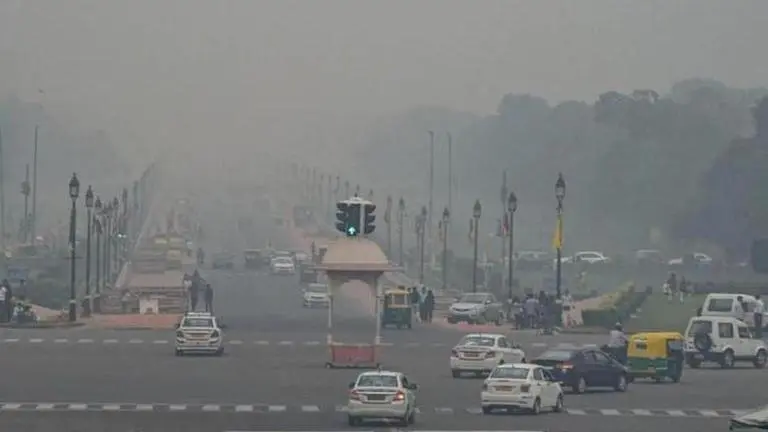Updated 10 January 2020 at 19:33 IST
Delhi: Local factors contribute significatly to air pollution, study suggests
A study on pollution levels in Delhi showed that stubble burning, construction activities, and vehicular traffic are significant contributors to poor AQI.
- India News
- 3 min read

A comprehensive study on the pollution levels in Delhi released by an international research centre showed that stubble burning, construction activities and vehicular traffic contribute significantly to rising pollution levels in the national capital. The study which was published in Sustainable Cities and Society, was conducted by a team led by Surrey's Global Centre for Clean Air Research (GCARE) who gathered and analysed four years of pollution data from 12 sites across Delhi, Haryana, and Uttar Pradesh. The aim was to understand how particulate matter (PM2.5 and PM10) and gases (oxides of nitrogen, sulphur dioxide, carbon monoxide, and ozone) impact these areas.
" Our analysis of Delhi's air pollution data over a significant period of time confirms that local sources of pollution - such as traffic and the heating of homes - are having a tremendous impact on air quality in the Delhi region. Moreover, the surrounding regions of Delhi are suffering substantial impacts during winter periods," said Professor Prashant Kumar, Founding Director of GCARE at the University of Surrey.
Crop fumes, a major cause
According to the World Health Organisation, in India, around 600,000 deaths annually are attributed to air pollution, and some of the world's highest levels can be found in Delhi city. The GCARE results showed that the levels of air pollutants in winter months were way higher than they were in summer or monsoon periods. This high level of pollutants mainly PM2.5 and PM2.5-10 in winter months were attributed to fumes from crop burning upwind of Delhi and an increase in biomass burning for residential heating. The reduced precipitation and low wind speeds during winter months also added to the misery.
Advertisement
'Need for coordination with neighbouring areas'
"It is fair to hypothesise that on the one hand, solutions on a local level can go a long way towards improving air quality in one of the most heavily populated areas of India; on the other hand, there is a need for coordination with surrounding regions for effective control of air pollution sources. Moreover, given the dominance of local sources, efforts to control pollution are needed across the whole year, not just during winters, when the problem reaches its peak," said the professor.
(With agency inputs)
Advertisement
Published By : Ananya Varma
Published On: 10 January 2020 at 19:32 IST
